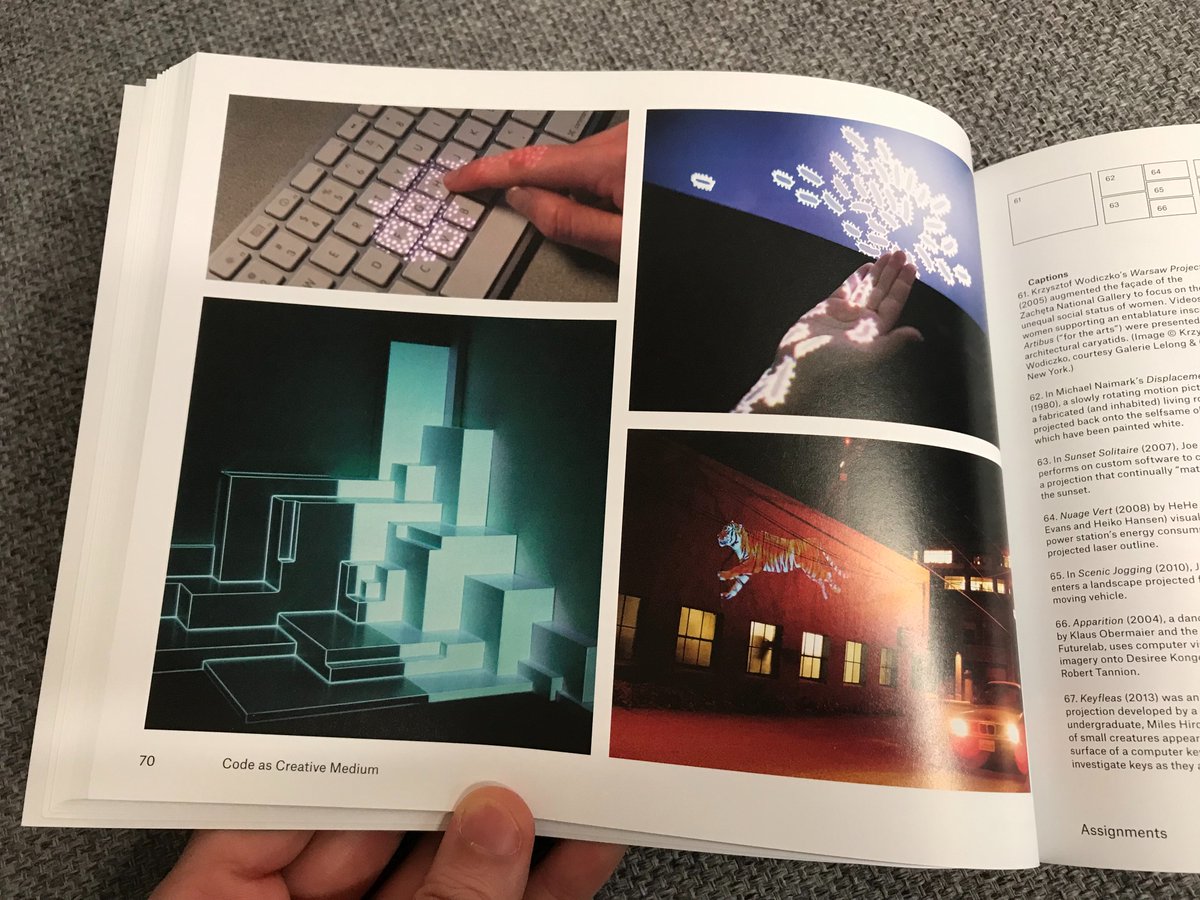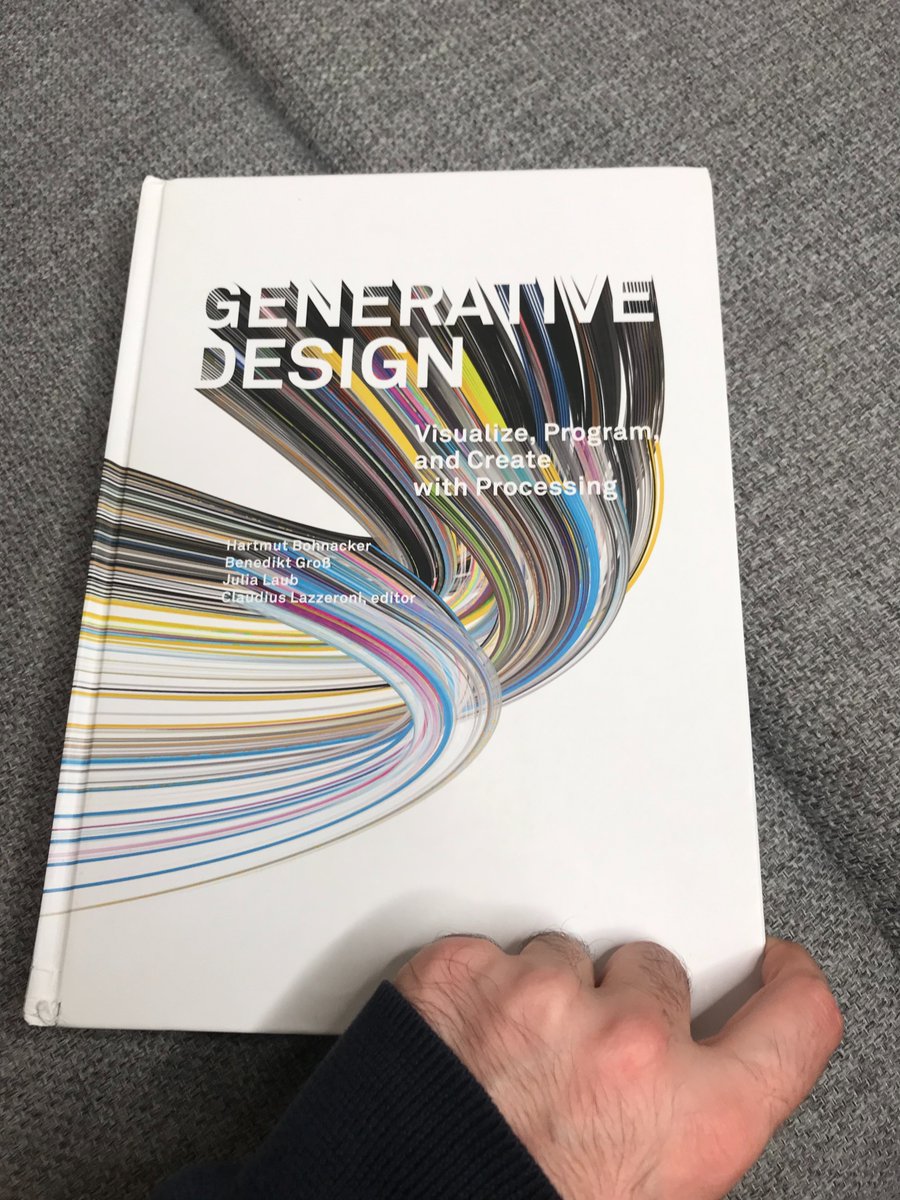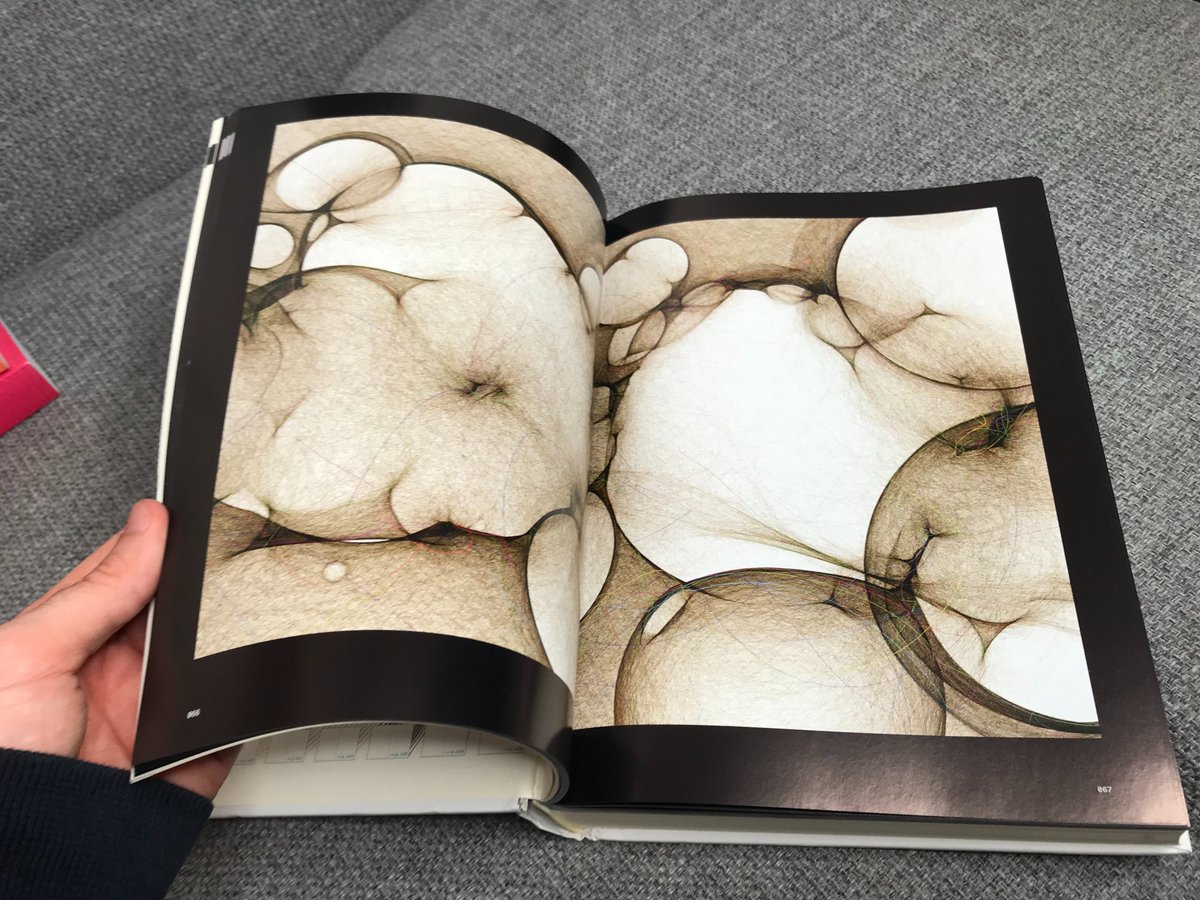
I believe that successful #generativeArt collectors will be the ones who understand the history of computer art 🤓 Here are some good reads / coffee table conversation starters to get you started. A thread 🧵 

When the Machine Made Art "The Troubled History of Computer Art", by Grant D. Taylor. This one in particular is a must read! No pretty pictures but tons of fascinating historical context. 

Code as Creative Medium, by @tegabrain and @golan is meant for teachers and students but will be a great reference to the savvy collector too 🧐 





Generative Design, by Benedikt Groß (@bndktgrs), Hartmut Bohnacker (@sinuit), and Julia Laub is a classic for creative coders and a great way to understand the techniques used by your favorite artists 👩💻🌈 







Holo (@HOLO_mg), by @dassagenhaben and collaborators, is a beautifully edited magazine dedicated to ‘Emerging trajectories in art, science, and technology’ 





A Touch of Code, by R. Klanten, S. Ehmann, V. Hanschke is a time capsule of the digital installation scene of the late 2000. Great to understand the intersection of digital and physical 👋 





It's safe to say that, without John Maeda (@johnmaeda) creative coding and generative art would not be what they are today🌱
I'm putting this catalog here as a placeholder for his more famous books. Do yourself a favor and read Creative Code: Aesthetics + Computation



I'm putting this catalog here as a placeholder for his more famous books. Do yourself a favor and read Creative Code: Aesthetics + Computation




Did I miss your favorite? Add it in the replies below! 😀
I'll add some of the replies to the thread because your suggestions are 🔥
And check this epic reply-thread by @schwittlick_ too! 🤩
https://twitter.com/schwittlick_/status/1427656047339220995?s=20
• • •
Missing some Tweet in this thread? You can try to
force a refresh



